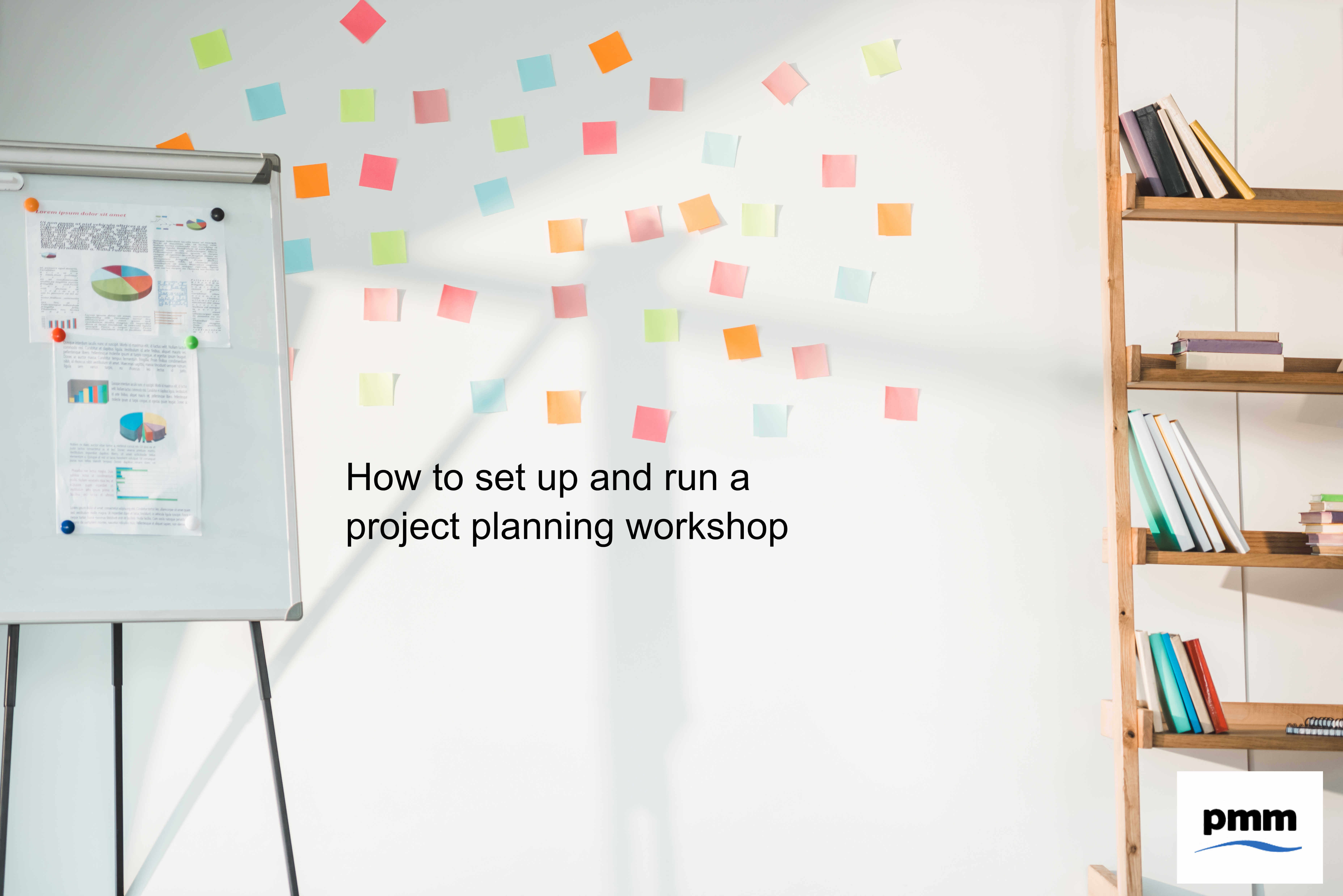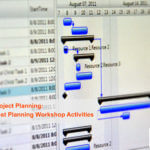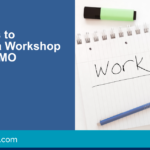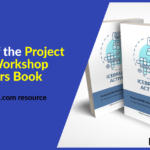This is the 3rd post in a 4 part series on planning workshops. Post Running a Planning Workshop with Resources Costing Less Than $100 provided and overview. Post Preparing to Run a Planning Workshop, covered the preparation work. This post will cover the running of the workshop.
Room Set-up
Before you start the workshop, you will need to set-up the room. You must do this before the start of the workshop. It will not look professional and will waste everyone’s time if you do not start setting up until the start of the workshop.
It is important to give yourself sufficient time to set-up so you are not rushed and feel stressed (not the right frame of mind to start a workshop). A good tip is to book the meeting room longer than you need, both start and end. If the session is scheduled to start at 10am, book the room from at last 9am (ideally earlier).
Timeline
The first task is to stick the different resources you prepared onto the wall. To do this you should use Blu-Tack (or similar) as this allows items to be placed temporarily onto walls with minimum risk of marking / damaging the wall (note: you should test in a discrete place that the walls will not be marked).
Choose a wall that can be viewed by all participant that allows the timelines to be hung. As the timeline typically takes a lot of space, the wall should be free from switches, windows, etc.
Then either side of the timeline hang a sheet of flip chart paper for each of the following:
- Risks
- Assumptions
- Issues
- Dependencies
- Milestones
- Car Park
While the first 4 are obvious, it is worth quickly covering the concept of “Milestones” and “Car Park”.
Milestones
This should be used to place all of the Post-it Notes that have been prepared for the milestones. If you have multiple workstreams / projects with lots of milestones, it is a good idea to have a separate sheet for each workstream / project. Placing them on to sheets means that all of the milestones can be easily viewed before placing on the timeline.
Spare Post-It notes should be available to capture new milestones as they will naturally be raised as part of the session.
Car Park
It is very easy for a tricky topic, that can not be resolved, to take too much time to discus. As the item can not be resolved the conversation becomes circular, achieving little but taking valuable time. The “Car Park” allows the item to be noted and dealt with outside of the session. It is the job of the facilitator to close down these conversations in a timely manner where it is clear that resolution will not be reached. The facilitator should make this clear as part of the start of the workshop.
Supporting Material
Place any printed supporting material on to the table. For example, Briefing Packs, existing plans, etc.
Don’t Forget the Energizers……
Well sweets. Place them on the table so that attendees can grab when they are in need of an energy boost during the session.
Final Check
- Make sure that you have enough chairs
- That displays (if you are using on screen presentation) work
- Conference line works (note: as the workshop is interactive audio and video conference attendance is not recommended)
- Tea / coffee / water available
- Time of lunch / coffee is confirmed with facilities
OK you should be confident that you are set to go.
Workshop
Use the briefing pack to drive the session.
Introductions
It is important that everyone understands who is attending and their role. Best achieved by going round the room and getting everyone to do a brief (less than 30 second introduction – Name and Role).
Purpose / Objectives
Facilitator should confirm the purpose and objectives of the session to make sure that everyone agrees to the common goals. If people have concerns, requests, etc, the facilitator needs to take a view if this is sensible. However, it must include creating the project plan timeline.
Approach
The facilitator should explain the approach to the workshop and what each of the sheets on the wall be used for.
Planning Assumptions
The Briefing Pack should include a list of Planning Assumptions. This should be collectively reviewed, refined and agreed by all participants before starting the interactive part of the workshop. If this is not done, there is a risk that the plan is developed on incorrect assumptions.
Developing the Plan
This is the main part of the session. Ideally each owner of a workstream / project should take it in turns to place their milestones onto the plan. As they do so, they should provide an overview of logic behind the milestones and the proposed dates. This allows the other attendees to understand the milestones, ask questions, raise concerns, dependencies, etc. This sharing of information will highlight areas of concern and these can be captured on the sheets hanging on the wall for all to view.
This exercise is repeated until all milestones have been placed. It is then important for all participants to review the time line, RAIDs that have been captured and confirm they are happy with the draft. Where possible, any items placed in the “Car Park” should be resolved at the end of the session. If this is not possible, an owner must be agreed to resolve.
At the end of the session the facilitator must summarise and then advise on next steps i.e. output from workshop will be published in x days. Aim to do this within 24 hours so that the discussion points are still fresh in the attendees minds.
Workshop Take Down
After the session is complete, the items needs to be carefully removed from the walls so that they can be written up. IMPORTANT: Post-It Notes have a habit of coming unstuck when being transported. To avoid this, use sticky tape to stick all of the Post-Its on the timeline, RAIDs and Car Park. This ensures that they will not fall from where they have been placed.
Remember, leave the room the way you found it.
Summary
Following the above will allow you to execute a fun, interactive planning session that results in an agreed draft plan. The next post will cover the planning workshop activities.






